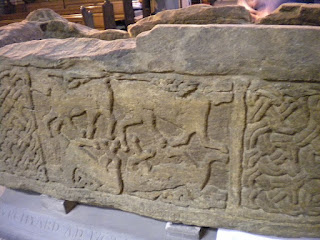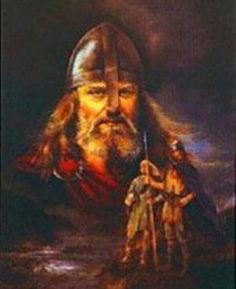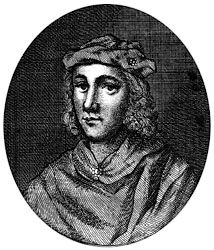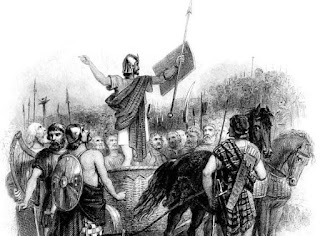Govan Stones
Govan's ancient treasures
It is easy to pass Govan Old Parish Church without suspecting the remarkable history that lies within. On the banks of the River Clyde, flanked by the Pearce Institute and the offices of a housing association, the church does not outwardly reflect antiquity.
It was built in 1820, but the land on which it stands has been used for Christian worship since the 9th century when it was the Britons major Christian centre before that. It is home to a collection of early carved stones that attract archaeologists from all over the world.
Long before the birth of Christ, this was a significant place.
Evidence has been found that Bronze Age people settled in Govan. It was then almost an island in the River Clyde, which could be reached only by a ford.
It is not certain when the first church was built there, but the collection of sculpted stones spanning the 9th to 11th centuries suggests it was very early indeed.
In fact, they represent a major school of stone-carving, early Scottish works of art in an area that became part of Glasgow and is better known for shipbuilding and Rab C Nesbitt.
One thing which encouraged this craft was the real availability of sandstone in the Central Belt, which allowed the sculptors to make large memorials. The prize item is large indeed, a sarcophagus more than two metres long and carved from a single block.
Unfortunately, the lid has not been found, so when the richly-carved tomb was unearthed in the graveyard in 1855, it was immediately thought it must have housed the body of St Constantine, to whom the first church was dedicated. But there were many Constantines in Scottish history, and historians have never been sure which one to identify.
A stone table built to display the sarcophagus mentions a 6th-century martyr, King Constantine. But because of the style of decoration, it is now thought to belong to one of the 9th century Briton kings called Constantine. Clearly, though, a massive sarcophagus like this - only two have survived, and the other is in St Andrews - was meant to be seen and appreciated, and not buried.
It is possible that it lay before the altar of the original church as a hole was drilled in the base of the shrine so that as the corpse decomposed, the resultant liquids could drain out.
Govan has four stone crosses, compared with five at the much more famous Iona Abbey.
While the earliest gravestones in the churchyard are dated 1614, people have been buried there since 930. Yet this burial place is much less known than Glasgow's celebrated Necropolis, where many wealthy merchants were laid to rest.
Altogether, the Govan collection of medieval sculptures comprises 31 items. They include crosses and slabs, carved with representations of strange serpent-like beasts, as well as human figures and interlace designs.
One incomplete stone which shows a donkey and rider is known as the cuddy stone.
There are also five hogbacks, hump-shaped blocks of stone which once covered graves. Four of these are the largest and heaviest ever discovered. A pattern of roof-tiles has been carved into them, with usually a beast at either end.
Over the past 150 years, 47 ancient stones have been recorded at Govan Old Parish Church. The tragic fact is that 16 of them are missing. Carved ten centuries ago and unearthed to great excitement, their fate was to be lost again in the 1970s. During the demolition of the Harland & Woolf shipyard, debris was temporarily dumped in the church grounds. It is thought that when this was being cleared, some of Govan's irreplaceable heritage was carted away with it. The final resting place of these carvings is unknown.













Comments
Post a Comment